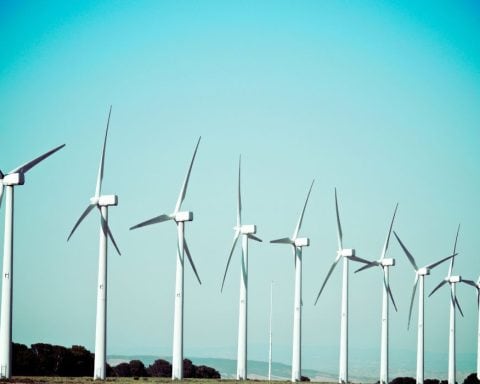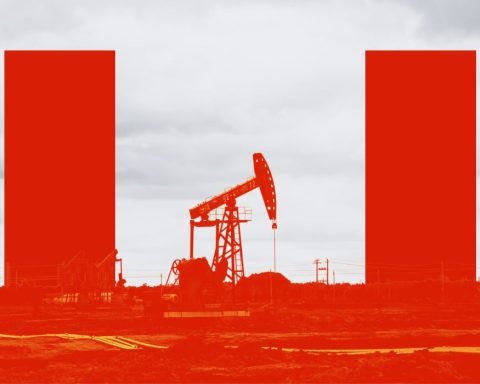For decades, Indigenous communities in northern Alberta have voiced concerns about pollution from the region’s oil sands facilities contaminating the air they breath. Extracting bitumen from the sands has emitted all sorts of harmful chemicals that drift downwind and have even been linked to elevated cancer rates in at least one community.
A recent study shows this problem might be a lot worse than the oil industry has let on. The study, which used aircraft to measure emissions from Alberta’s oil sands industry, found that pollution was actually 1,900% to 6,300% more than previous measurements that, the authors contend, were “severely” underestimated. The study measured chemicals known as volatile organic compounds (VOCs), as well as semi-volatile organic compounds, which are both generated through the extraction of bitumen.
“These findings validate what Indigenous communities have been saying for decades: the air is making them sick,” said Keith Stewart, a senior energy strategist with Greenpeace Canada. “Alongside the oil company’s own workers, who are bearing the initial brunt of these truly astonishing levels of toxic pollution, Indigenous communities are paying the price of turning large chunks of northern Alberta into a sacrifice zone. No one should accept this as inevitable, because it’s not.”
These findings validate what Indigenous communities have been saying for decades: the air is making them sick.
- Keith Stewart, Greenpeace Canada
The study, conducted by researchers at Environment and Climate Change Canada and Yale University, found that the methods used by the oil industry to record emission levels failed to account for certain organic compounds. Typically, the oil industry measures its emissions using ground-based methods, but researchers claim that their “top-down” approach is capturing a more holistic picture of what polluters are actually emitting.
“Work over the last 15 years or so has continually shown that there’s more going into the air from the oil sands than is being officially recorded,” Jeffrey Brook, an air quality expert and professor at the University of Toronto, told CBC News.
Researchers collected the data in 2018 from 17 different sites in Alberta’s Athabasca region. The study is the latest investigation to show that emissions are worse than what are being officially reported by Alberta’s oil industry. Last year, a similar study suggested that the oil sands could be spewing 31 million tonnes more of carbon dioxide into the atmosphere every year than what the industry is reporting.
“You can’t know what you’re missing and how important what you’re missing is until you go out and measure it, and that’s the point of this paper,” John Liggio, a co-author of the recent study, told CBC.
The Pathways Alliance – which includes Canadian Natural Resources Limited, Cenovus Energy, ConocoPhillips Canada, Imperial, MEG Energy and Suncor Energy – has questioned the validity of using aircraft to measure emissions in the past, arguing that its methods follow international standards. But Pathways spokesperson Mark Cameron said that the disparity between the oil industry’s numbers and those in the latest study that analyzed VOCs “warrant further review.”
Stewart said that if the oil industry’s reporting methods have followed the rules, then “the rules need to change.”
“This study has highlighted the urgent need to strictly enforce tough new air pollution regulations, as part of a just transition from an economy based on fossil fuels to one rooted in the wise use of renewable energy,” he said.





